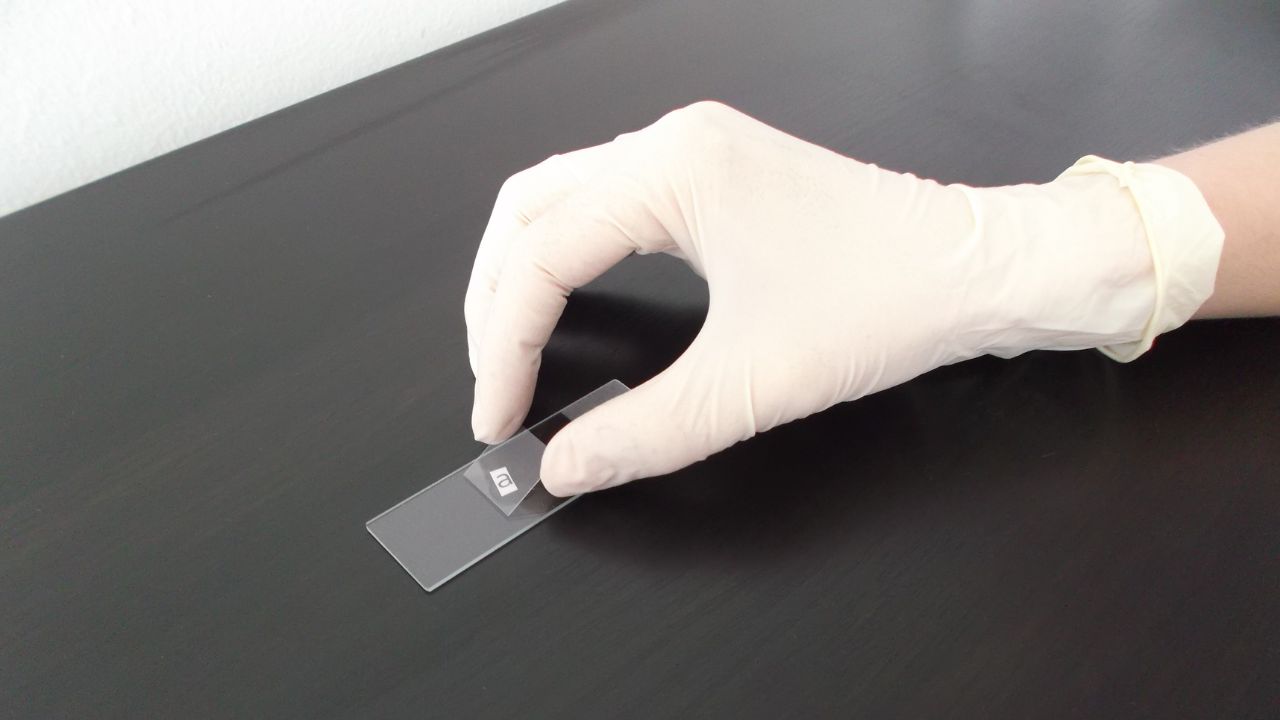The majority of focus in microscopy centers on the microscope, the slide, and the specimen under study. Many people underestimate the role that a cover slip plays in obtaining high-quality results. Resting a cover slip on the sample within the field of the slide markedly improves the accuracy and resolution with which examination takes place through a microscope. In any setting, using the right cover glass for microscope ensures significant improvements in the quality of your microscopic examinations.
What Is a Cover Slip?
Cover slips are used to shield the sample and improve the viewing aspects of a microscope. They safeguard the sample and also offer a flat surface for superior microscopic observation. A cover slip evens out the sample, keeps it free of contamination, and prevents it from drying, leading to sharp images and enhanced microscopic observations.
Cover slips in the thicknesses of Nos. 1 and 1.5 are the most often used in biological microscopy. Most cover slips are constructed from borosilicate glass since it has superior transparency and chemical resistance. They may also be made of plastic for some simple applications.
The Impact on Optical Performance
The importance of the cover slip lies in the effect it has on the performance obtained by the microscope. The lens design of high-power objectives, particularly oil immersion systems, is based on a precise cover slip thickness. Discrepancies in the cover slip thickness can introduce spherical aberration problems that lead to blurs and loss of clarity. Minor variations in cover glass thickness in these microscopy applications can lead to decreased resolution and diminished reliability of quantitative results.
Both the cover slip and the objective lens need to have identical refractive indices for optimal performance. A correctly chosen cover slip allows even light distribution across the sample for sharp and well-defined imaging. Variable refractive index and uneven cover surface affect the uniformity of incident illumination and reduce image clarity.
Choosing the Right Thickness
Choosing the correct cover slip thickness significantly affects the quality and precision of your images. Most current microscope objectives perform best when used with No. 1.5 cover slips in advanced imaging applications. An incorrect choice of cover slip thickness may result in the focal plane being displaced and the image being out of focus.
Accuracy-oriented research uses cover slips with precisely controlled thicknesses. No. 1.5H cover slips ensure greater precision and consistent performance, making them suitable for tasks that require high-quality images, such as live-cell imaging or optical microscopy.
Significance in Biology and Clinical Diagnosis
The choice of cover slip has a major influence on how cells and tissues appear under a microscope and on the results of the staining process. Misinterpretation of histological samples may result from uneven images caused by using a cover slip that’s unsuitable for the research. Cover slips play a vital role in preparing hematological or microbiological smears and wet mounts for the close examination of cells and microbes.
Clinical pathologists depend on slide and cover slip preparations to identify diseases, diagnose infections and ensure appropriate treatments. Selecting improper cover slips can lead to mistakes in diagnosis and affect the well-being of the patient.
Importance of Live-Cell Imaging
Scientists conduct live-cell imaging in the microscope to study how cellular processes change over time. Interactions between the cover slip and the sample become especially important in this setting. Cover slips should permit gases to move freely, protect the sample from drying out, and be able to function safely in the chosen culture medium. Cover slips with specialized coatings or made from premium optical glass keep cells alive and provide sharp, unobstructed views.
Handling and Maintenance
A cover slip can very easily lose its effectiveness if it’s not handled correctly. Dirt, smudges or scratches on the cover slip create interference with the light and distort the image. To ensure the highest quality images, it’s essential to handle and store cover slips with care. It’s necessary to clean cover slips thoroughly with appropriate cleansers every time they’re used. Disposable cover slips are widely favored in labs as they ensure uniform outcomes and prevent the spread of microorganisms.
Conclusion
The cover slip is vital to producing clear and accurate microscopy images. Selecting the correct cover slip is essential for obtaining both crisp pictures and reliable interpretation of results in both research and clinical microscopy. Understanding what impacts cover slip thickness, materials, and handling leads researchers and laboratory professionals to make informed choices and produce sharper microscopic images. It becomes apparent that choosing the right cover slip is vital to producing both reliable and sharp microscopy pictures.

